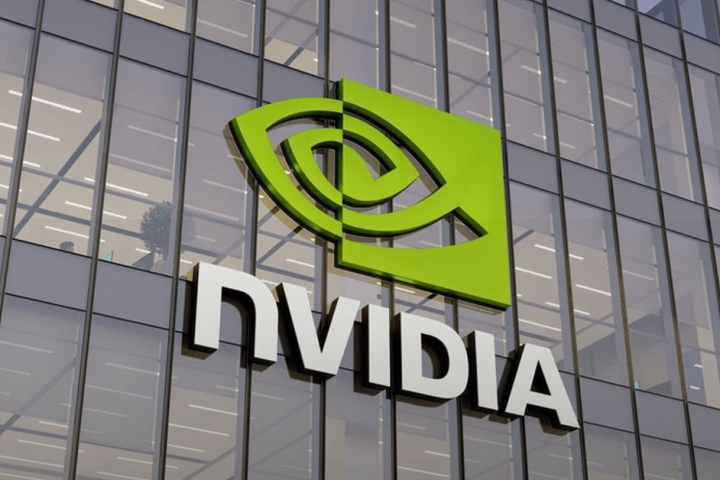When Patrick Collison stood on stage at Stripe Sessions 2025, reflecting on his company’s journey, his voice carried a rare note of vulnerability: “Yesterday, I just felt so proud of the Stripe team. As I think about trying Stripe again and doing things differently, my emotional reaction to that is recoil because I don’t think it could have ended up working out as well as it has.”
These words from the Irish co-founder, delivered to an audience of developers and business leaders, capture the essence of what has earned Stripe recognition with a 2025 Global Recognition Award. Far from the typical tech executive bravado, Collison’s sentiment reflects a company that has fundamentally reshaped global commerce infrastructure while maintaining the humility to acknowledge its imperfections and commitment to continuous improvement.
Founded in 2010 by Patrick and his brother John, Stripe has grown from a simple payment processor into the world’s largest privately-owned fintech company, now valued at $91.5 billion and processing over $1.05 trillion in global payments annually. Yet the recognition extends beyond financial metrics to encompass the company’s role in democratizing access to global markets for businesses of every size, from startups to 62 percent of Fortune 500 companies.
The Architecture of Innovation
Stripe’s technical leadership becomes evident in the details that matter most to businesses: reliability, speed, and sophistication. The company processes payment decisions using data from across its entire network updated to within 100 milliseconds, a capability that Patrick Collison describes as essential: “If Stripe had a knowledge cutoff in the same way ChatGPT does, then that would be a massive vector for fraud.” This real-time intelligence enables the platform to serve 4.2 million websites worldwide while onboarding 25,000 new users daily.
The company’s approach to artificial intelligence exemplifies its commitment to practical innovation over flashy demonstrations. Rather than pursuing headline-grabbing AI features, Stripe has developed the Payment Foundation model, which optimizes checkout experiences to deliver an average 11.9% increase in revenue for businesses using its Optimized Checkout Suite. When the initial A-B test results seemed too good to believe, the team re-ran the experiment, achieving even higher figures.
John Collison, Stripe’s co-founder and president, emphasizes the adversarial nature of its AI challenges: “Any time we have made the mistake of having any kind of a hard dollar threshold, the fraudsters instantly manage to reverse engineer it like in a matter of days.” This constant battle against fraud has driven Stripe to develop sophisticated machine learning systems that protect billions of dollars in transactions while maintaining the seamless user experience that has made it indispensable to online commerce.
Global Impact and Market Leadership
The scale of Stripe’s influence extends far beyond payment processing statistics. Operating in 140 countries, the platform has become the primary payment processor for 45 percent of US e-commerce businesses, serving as critical infrastructure for the modern digital economy. The company’s growth in emerging markets, particularly a 25 percent increase in Asia-Pacific adoption, demonstrates its ability to adapt to diverse regulatory environments and local payment preferences while maintaining global consistency.
Stripe’s recent multibillion-dollar acquisition of Bridge, a stablecoin platform, signals the company’s commitment to staying ahead of financial technology trends. Rather than launching its own cryptocurrency, Stripe has chosen to support whatever payment methods businesses want to use, following what John Collison describes as their core philosophy: “Stripe basically, broadly in all these things, just wants to support whatever businesses want.”
The company’s commitment to environmental responsibility complements its market leadership. Through Stripe Climate, users have contributed over $10 million toward carbon removal initiatives, while the company itself has committed to using 95% renewable energy in 2025 and targeting 100 percent renewable energy by 2030. This integration of sustainability into core business operations reflects a mature understanding of corporate responsibility that extends beyond profit maximization.
Leadership Through Humility and Learning
Perhaps most remarkably, Stripe’s recognition stems partly from its leaders’ willingness to acknowledge mistakes and prioritize customer experience over defensive positioning. Patrick Collison’s candid admission about past failures reveals a leadership philosophy focused on continuous improvement: “We made so many mistakes. Every time we’ve built something that is a one-to-one or one-to-n mapping, that’s been a terrible mistake. Everything in the world, even the things that feel like they shouldn’t be, is actually like N to M.”
This introspective approach has translated into tangible improvements in areas where the company previously struggled. Support satisfaction scores have reached record highs while support dissatisfaction has fallen to record lows, despite serving more users than ever. The company now maintains systematic processes for reviewing every customer service mistake, with Patrick Collison personally receiving weekly reports detailing errors and prevention strategies.
The brothers’ commitment to reliability over flashiness has become central to Stripe’s identity. John Collison reflects on a crucial realization: “It’s often not the shiny new ship or the new functionality. It’s the fact that Stripe is really reliable and always there for you. And you’re running your entire business on it.” This focus on dependability has attracted customers who switched from competitors, specifically because Stripe simply works when other platforms fail.
Stripe’s 2025 Global Recognition Award reflects an achievement that transcends typical business metrics. The company has created an infrastructure that enables global economic participation while maintaining the operational excellence businesses depend on for survival. From small startups accessing international markets for the first time to large enterprises processing billions in transactions, Stripe has become the invisible backbone of digital commerce, earning its place among companies that consistently choose substance over spectacle and reliability over novelty.








